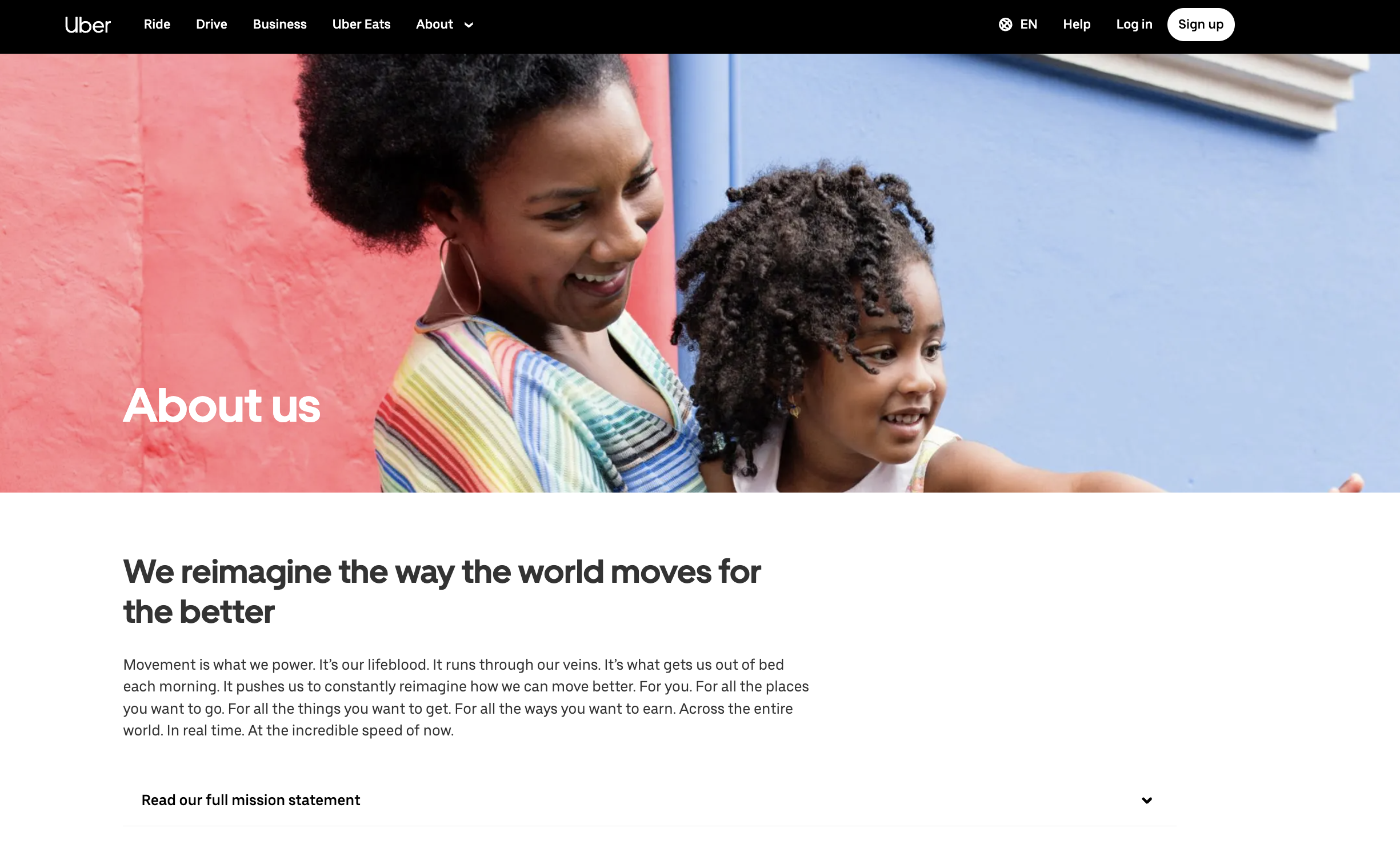
Knowing about product-market fit is crucial for many reasons, especially if you’re involved in launching a new product, running a startup, or looking to grow an existing business.
By focusing on achieving and maintaining product-market fit, companies like yours can ensure that their products not only meet the current market demand but are also poised for future success.
This strategic alignment between product offerings and market needs is what ultimately separates thriving businesses from those that struggle to make an impact.
Common, let´s get into it with some of the most frequently asked questions!
Table of Contents
What Is a Product-Market Fit?
Product-market fit refers to the scenario where a company’s product or service meets strong market demand. It’s a concept that signifies that the product effectively addresses and satisfies the needs and preferences of its target market. Achieving product-market fit is crucial for startups and established companies alike because it is indicative of the product’s viability and potential for sustainable growth.

Here are some aspects that elaborate further on what constitutes product-market fit:
- Customer Satisfaction: When customers feel that a product is indispensable or significantly improves their lives or workflows, the product is likely to have achieved product-market fit.
- Repeat Usage and Word of Mouth: Products that have achieved market fit see high levels of repeat usage and organic growth through word of mouth. This suggests that users find consistent value in the product, enough to recommend it to others without any incentives.
- Market Demand: The product fulfills a genuine need in the market, evidenced by strong demand, sales growth, or user acquisition rates. This demand is not just a momentary spike but a sustained interest that shows the product has a place in the market.
- Feedback Loop: Companies that have achieved product-market fit often have a robust feedback loop with their users, helping them to continuously refine and improve the product.
- Minimal Marketing Effort: While not always the case, some products that fit well with their market can achieve significant growth and adoption with minimal marketing efforts. The product “sells itself” because it so closely meets the market’s needs.
How to Find a Product-Market Fit?
Finding product-market fit is a pivotal moment for your company, reflecting when their product effectively meets a strong market demand. Here’s a structured approach to finding product-market fit:
1. Understand Your Target Market
- Identify Your Target Customers: Define who your ideal customers are, including demographics, psychographics, and behavioral traits.
- Understand Customer Needs: Deeply understand the problems, needs, and pain points of your target customers through interviews, surveys, and observation.
Download your customer persona free template!
- Segment Your Market: Break down your market into smaller segments to identify niches with specific needs that your product can address.
2. Develop Your Value Proposition
- Define Your Unique Value Proposition: Clearly articulate what makes your product unique and why customers should choose it over alternatives.
- Align Product Features with Customer Needs: Ensure your product features directly address the needs of your target customers.
3. Build a Minimum Viable Product
- Create an MVP: Develop a version of your product with just enough features to be usable by early customers who can then provide feedback for future product development.
- Iterate Quickly: Use the feedback from your MVP testing to make rapid iterations and improvements. The goal is to find the right set of features that meet customer needs without overcomplicating your product.
4. Measure and Validate
Increase +180%
leads
demos
sales
bookings
from your website with AI
Get more conversions from your existing website traffic delivering personalized experiences.

- Set Key Performance Indicators: Identify the metrics that will indicate whether you are moving towards product-market fit, such as customer acquisition cost, customer lifetime value, retention rates, and net promoter score.
- Validate Learning: Use quantitative data from your KPIs and qualitative feedback from customers to validate whether your product is meeting the market’s needs.
Here is a free template for you to analyze your customer lifecycle!
5. Pivot or Persevere
- Pivot if Necessary: If your product is not achieving the desired KPIs or receiving positive feedback, consider pivoting. This could mean changing your product, your target market, or even your business model.
- Persevere: If you’re seeing positive trends in your KPIs and getting good feedback, continue refining and improving your product. Focus on scaling your product and expanding your reach within the market.
6. Scale and Optimize
- Expand Your Reach: Once you’ve found product-market fit, look for ways to grow your customer base, enter new markets, or add features that address adjacent customer needs.
- Optimize for Efficiency: Improve your operations, customer service, and product delivery to enhance customer satisfaction and retention.
What Is An Example of a Product-Market Fit?

Uber’s introduction revolutionized the way people approached urban transportation, addressing several significant pain points associated with traditional taxi services:
Problem Identification:
- High Wait Times: Before Uber, getting a taxi could involve long waits, especially during peak hours or in less busy areas.
- Inconvenience: Traditional taxi services required either hailing a cab on the street or calling a taxi dispatch center, which could be inefficient and unreliable.
- Payment Hassles: Paying for taxi rides often involves cash transactions or swiping a credit card in a machine that might not work correctly, leading to inconvenience and security concerns.
- Lack of Transparency: There was often uncertainty about taxi availability and fare amounts, especially in unfamiliar areas.
Uber’s Solution:
- Ease of Use: Uber’s app made it easy to hail a ride with just a few taps, providing convenience and saving time.
- Transparent Pricing: Before confirming a ride, users could see an estimated fare, helping to manage expectations and reduce fare-related surprises.
- Cashless Payment: The app handled payments automatically through a registered credit card, streamlining the transaction process.
- Driver and Vehicle Information: Users could see information about the driver and the vehicle, enhancing safety and trust.
- Rating System: A two-way rating system for both drivers and passengers improved the quality and safety of the service.
Can You Lose a Product-Market Fit?
Yes, you can lose product-market fit. Achieving product-market fit is not a one-time event but a continuous process that requires constant attention and adaptation. Here are some ways in which businesses might lose their product-market fit:
1. Changes in Market Dynamics
Markets are dynamic, with trends and consumer behaviors constantly evolving. Technological advancements, regulatory changes, or shifts in economic conditions can alter the market landscape significantly. If a company fails to adapt to these changes, its products might no longer meet the market’s current needs.
2. Increased Competition
New entrants to the market or pivots by existing competitors can erode a company’s product-market fit. Competitors might offer a better, cheaper, or more innovative solution that meets the market’s needs more effectively, attracting customers away from the original product.
-This competitor analysis guide might come in handy here-.
3. Scaling Too Quickly
Rapid growth and scaling can lead to a loss of focus on the core product and market. Expanding too quickly into new markets or product areas without fully understanding them or maintaining the quality of the core product can dilute a company’s value proposition.
Map out your growth strategy with our free template!
4. Ignoring Customer Feedback
Neglecting customer feedback and failing to iterate based on user insights can lead to a product gradually drifting away from market needs. Continuous engagement with customers is crucial to maintaining and improving product-market fit.
How To Measure a Product-Market Fit?
Measuring product-market fit involves assessing various metrics that collectively indicate how well your product satisfies market demand. Here are 15 key metrics that can help you gauge product-market fit:
- Customer Acquisition Cost: Lower CAC indicates efficient marketing and a strong product appeal.
- Customer Lifetime Value: A high CLTV compared to CAC suggests a good product-market fit.
- Churn Rate: The rate at which customers stop using your product. A low churn rate indicates that customers find lasting value in your product.
- Retention Rate: High retention rates suggest a strong product-market fit.
- Net Promoter Score: It indicates how likely customers are to recommend your product to others. A high NPS is a strong indicator of product-market fit.
- Active Users: Growing active user numbers suggest increasing product utility and market fit.
- Usage Frequency: High usage frequency indicates a strong need for your product.
- Feature Usage: Which features are used the most? High usage of core features suggests that your product meets customer needs.
- Customer Feedback and Reviews: Look for patterns and recurring themes in customer comments.
- Market Share: Increasing market share indicates a growing alignment with market needs.
- Growth Rate: Consistent growth is a positive indicator of product-market fit.
- Conversion Rate: Higher conversion rates suggest that your product resonates with its audience.
- Time to Value: A short TTV can enhance customer satisfaction and retention.
- Revenue Growth: Consistent revenue growth often reflects a strong product-market fit.
- Virality: A high virality coefficient indicates that users find enough value in your product to recommend it to others.
What Is The 40 Product-Market Fit Rule?
The “40% Rule” for product-market fit is a heuristic introduced by Sean Ellis, who is known for his contributions to growth hacking and startup marketing strategies. This rule serves as a simple, yet powerful benchmark for product managers to gauge whether their product has achieved a significant level of product-market fit.
According to Sean Ellis, you can consider you have product-market fit if at least 40% of your users say they would be “very disappointed” without your product or service.
Here’s how the rule works:
Survey Your Users: Ask your users a single, straightforward question: “How would you feel if you could no longer use [product]?” Provide them with multiple-choice answers such as:
- Very disappointed
- Somewhat disappointed
- Not disappointed (it isn’t really that useful)
- I no longer use [product]
Calculate the Percentage: After collecting the responses, calculate the percentage of users who answered “Very disappointed.”
Evaluate Against the 40% Benchmark: If 40% or more of your respondents say they would be “very disappointed” without your product, then according to Ellis, you have a strong product-market fit.
This rule helps in several ways:
- Simplicity: It gives startups a clear and straightforward metric to aim for.
- Focus on Core Value: By emphasizing the users who would be “very disappointed” without the product, it highlights the importance of creating something that users genuinely value.
- Guides Iteration: If a product does not hit the 40% threshold, this indicates that there is room for improvement. The team can then iterate on the product based on user feedback to increase the value it delivers.
What Is The Average Time to Product-Market Fit?
The time it takes to achieve product-market fit can vary widely depending on numerous factors, including the complexity of the product, the nature of the market, the startup’s resources, and how well the founding team understands its target customers. There isn’t a one-size-fits-all answer or a specific “average” time to product-market fit, as each company’s journey is unique.
However, based on various case studies reaching product-market fit can typically take anywhere from a few months to a couple of years. Some key factors that influence this timeline include:
- Market Understanding: Startups with a deep understanding of their target market and customer needs might find product-market fit more quickly. This involves having clear insights into the problems customers face and how the product can solve those problems uniquely and compellingly.
- Speed of Iteration: The ability to iterate quickly based on user feedback and data can significantly shorten the time to product-market fit. Small companies that can rapidly prototype, test, and refine their product based on actual user interactions tend to find the right market fit faster.
- Product Complexity: Simpler products or services can often reach product-market fit more quickly than those that are complex and require extensive development and refinement. This is because it’s easier to iterate and make changes to simpler products based on user feedback.
- Market Readiness: The readiness of the market to adopt a new solution can also impact the time to product-market fit. Innovations that address immediate and pressing needs in a ready market can achieve fit more rapidly than those creating new categories or targeting markets that are not yet mature.
- Resource Availability: Access to resources, including funding, talent, and technological infrastructure, can affect how quickly a startup can move through the product development cycle, iterate, and scale to meet market demands.
Conclusions
In conclusion, understanding and achieving product-market fit is paramount for anyone looking to make a significant impact in the business world, whether launching a new product, or driving growth within an established company. It serves as a critical indicator of whether a product will satisfy market demand and secure a sustainable position in the competitive landscape.
By prioritizing product-market fit, businesses can not only increase their chances of success but also lay a robust foundation for scaling, innovation, and long-term growth.





